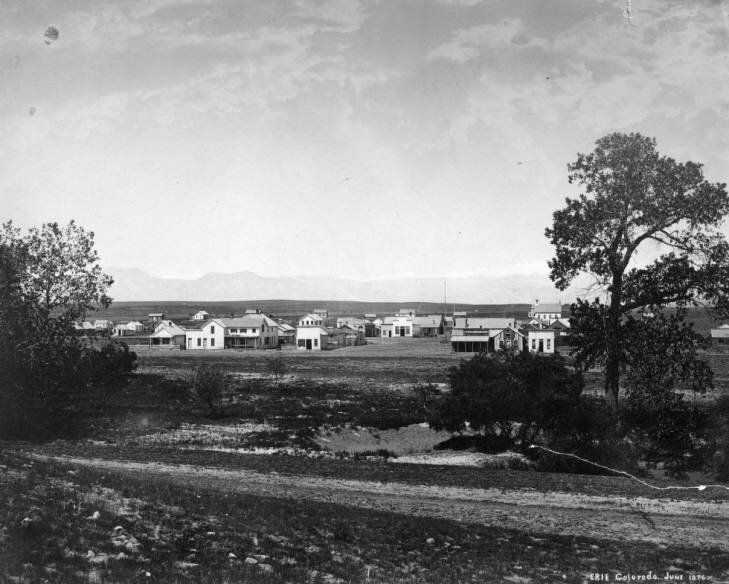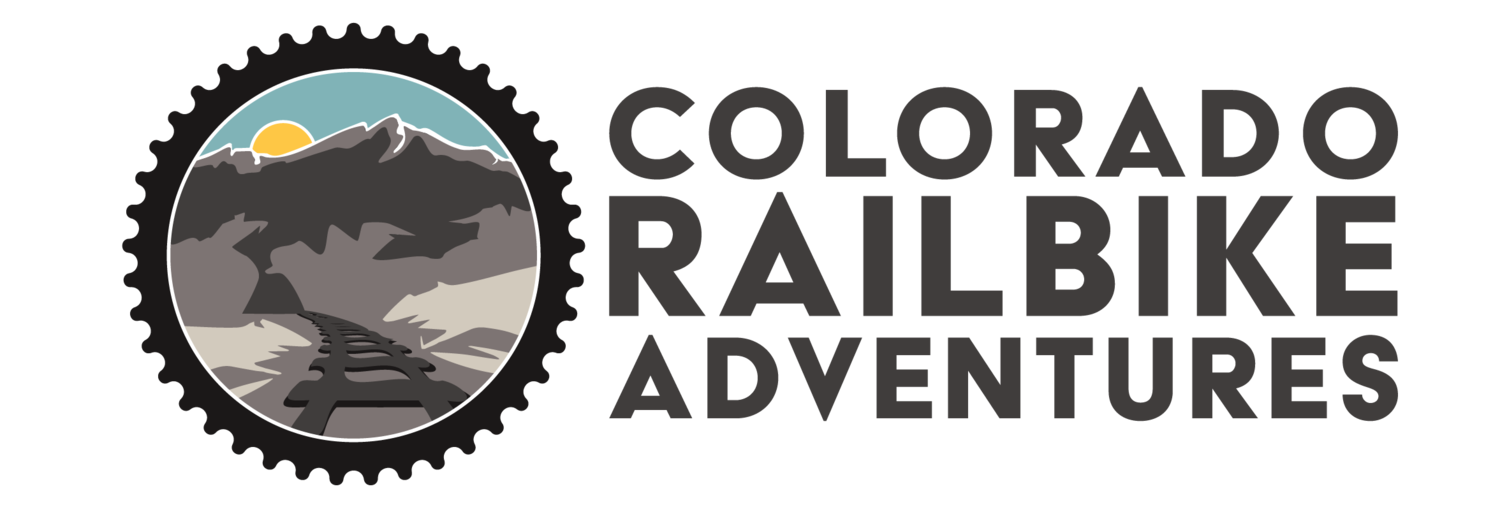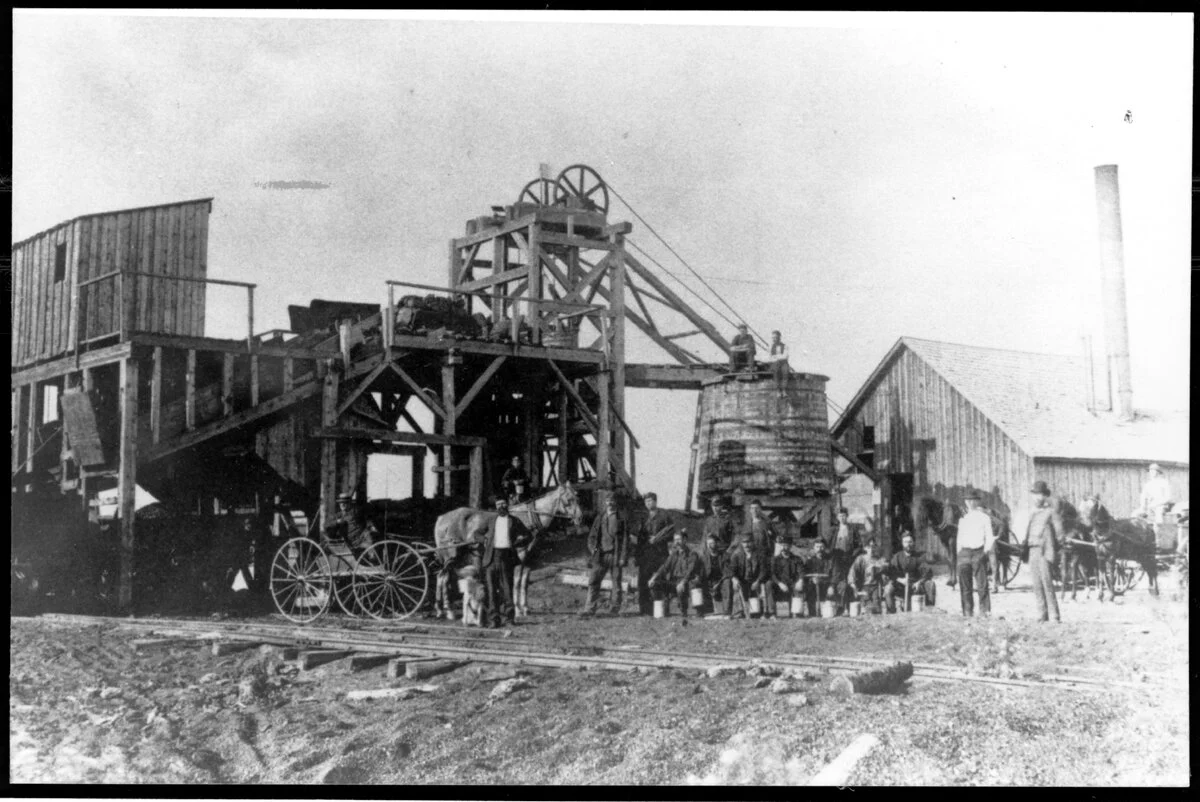The Erie Coal Train
Why do we call this the Erie Coal Train?
Coal is what built Erie - so much so that the original name for our little town was Coal Park. Early settlers in the area in the 1860’s found coal in surface deposits and exposed seams along Coal Creek. This discovery opened up the western edge of the vast Northern Colorado Coalfield that would help fuel the growth of our state. Local entrepreneurs were digging holes and staking out mining claims around town almost from the beginning. In 1866 Ira Austin found a large coal seam east of town which developed into the Briggs Mine—the first commercial coal mine in the valley. For the next decade, the Briggs Mine was the largest coal producer in the state. Erie was laid out in 1871 and named after Erie, Pennsylvania with the promise of becoming the new “coal town” of the West.
Picture of Trenching for Coal, Colorado. New York Public Library
The Railroad Race …
All that coal was of little value without a way to move it to markets—Denver for factories and homes, Brighton for railroads, Boulder and into the mountains to power hardrock mining and precious metal recovery. The race for railroad connections was on! When the transcontinental railroad was completed through Cheyenne (1869), it was quickly followed by the Denver Pacific (Denver to Cheyenne) connection in 1870. Since Erie was the center of coal production at the time, the new railroad built a spur from the mainline in Brighton west to Erie, and the first coal trains starting rolling over the Denver and Boulder Valley Railroad by 1871. In just a few years (1873) the line stretched west through Canfield, Leyner, and on to Boulder.
Picture of the Garfield Coal Mine, Erie, CO. City of Greeley Museum
The End of the Line …
The Boulder Valley Railroad was absorbed by the Union Pacific in 1880 and continued to serve the mines and towns along the route for many years. In the early 1900’s the UP operated motorcars along this route providing passenger service between Boulder and Denver through Erie. Over a 100-year period the Northern Colorado Coalfield yielded more than 100 million tons of coal carried in coal trains along this line. One of the last mines to close was the Eagle Mine, near the intersection of Erie Parkway and I-25. By 2002, the UP ended freight service and eventually sold their right-of-way and tracks to the Regional Transportation District for future development as urban public transit. For now, you can enjoy riding the Erie Coal Train route on a railbike.
McKeen Motor Car#13. Boulder, CO (photo from www.McKeenCar.com)

“Out of the coal dust …”
— James B. Stull, A Brief History of Erie Colorado




